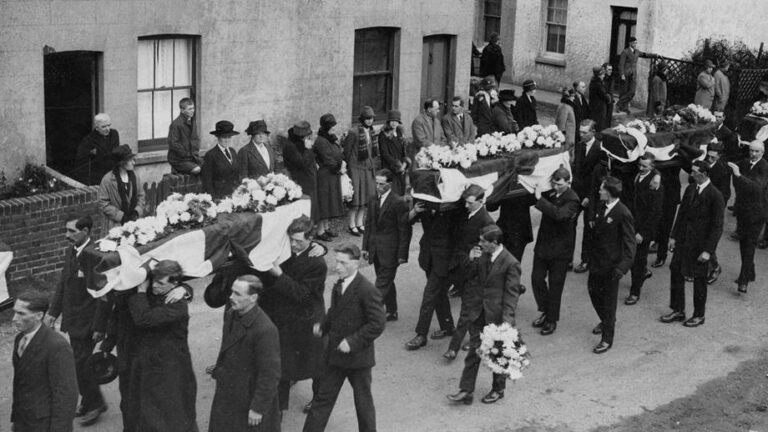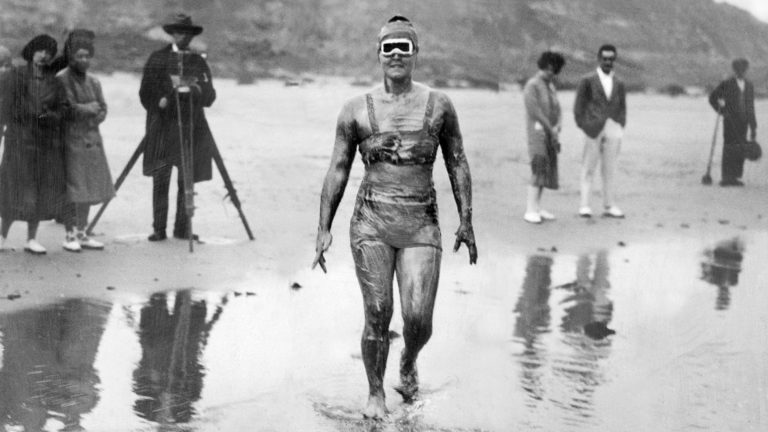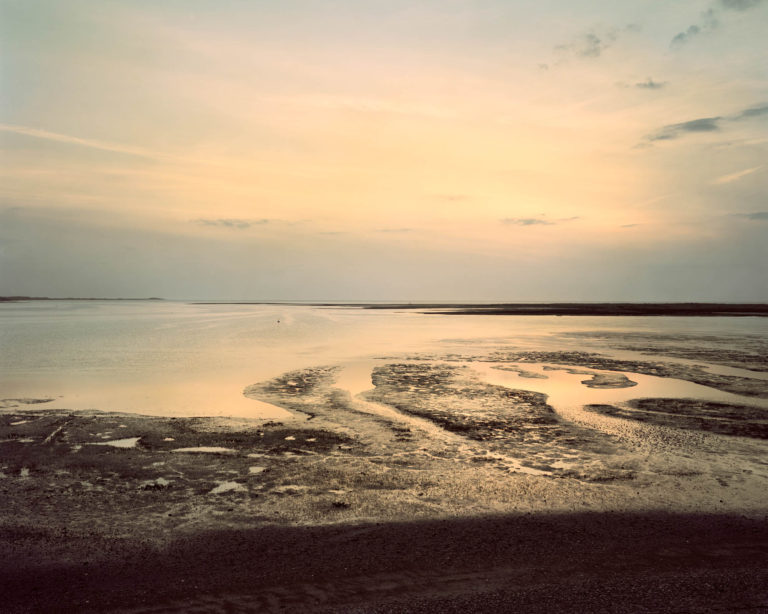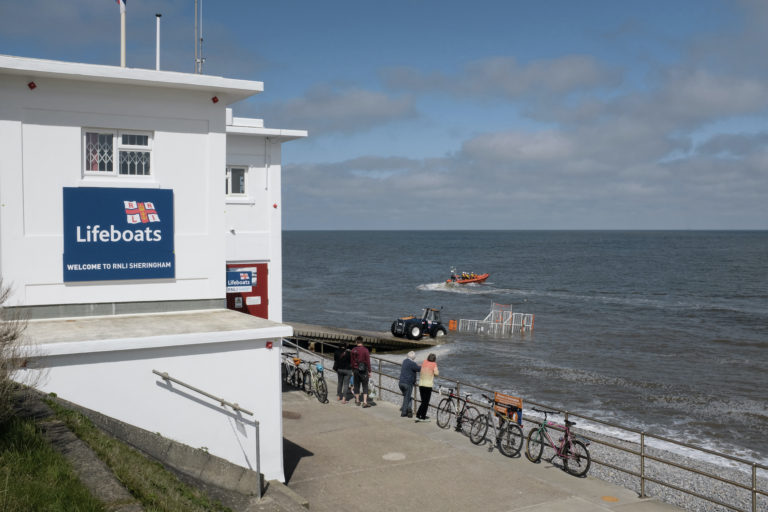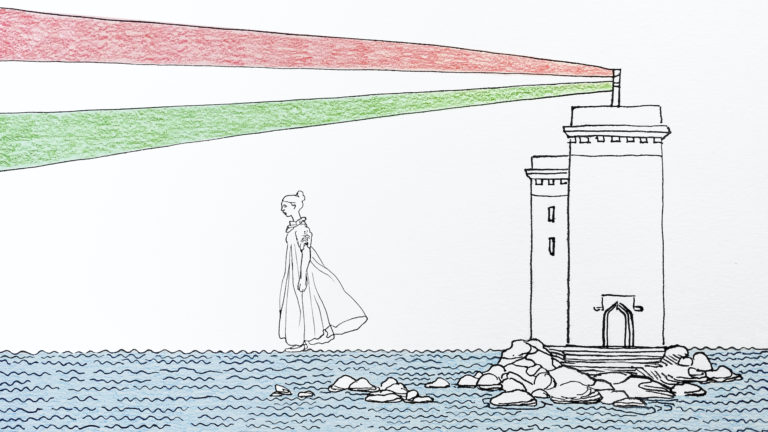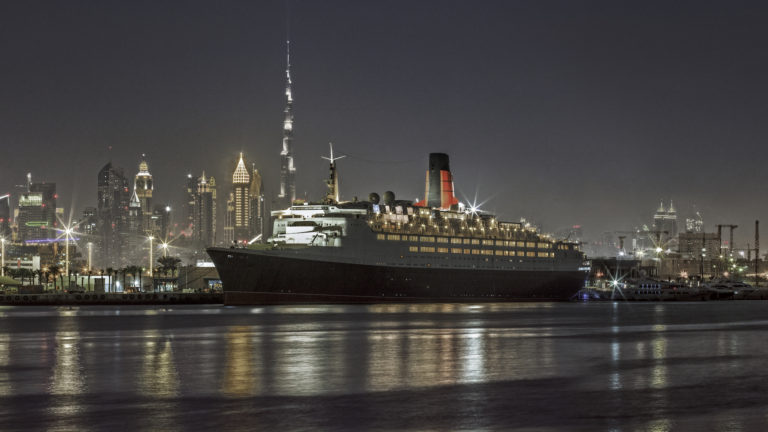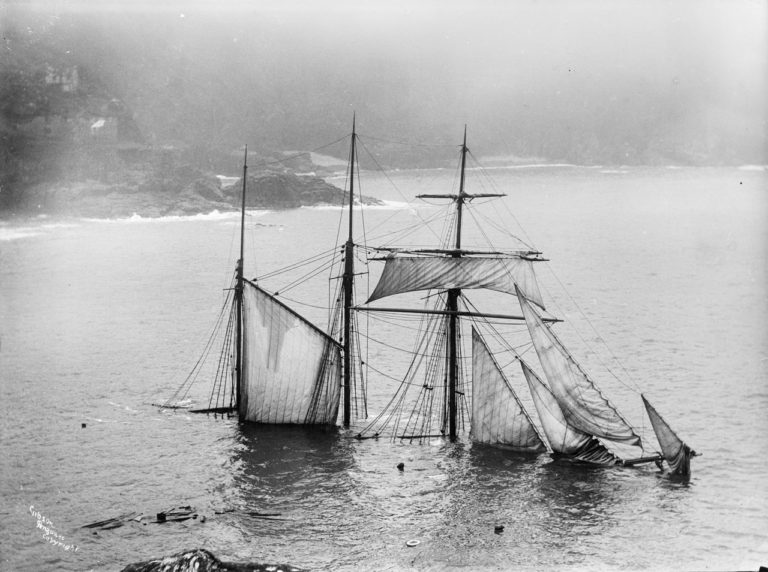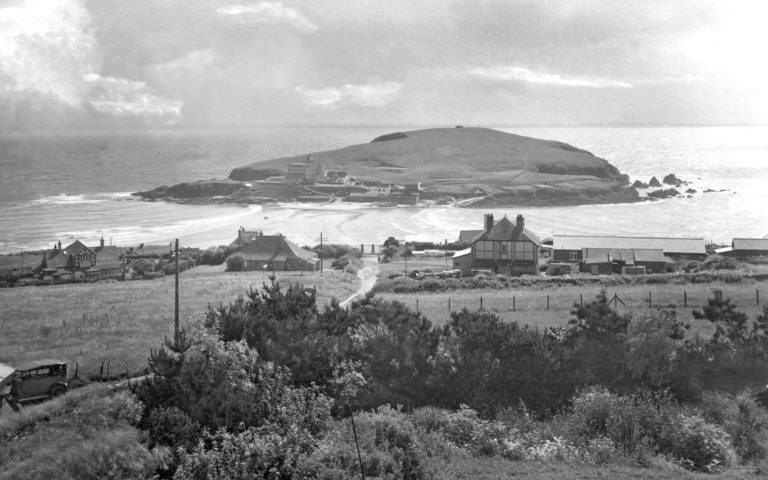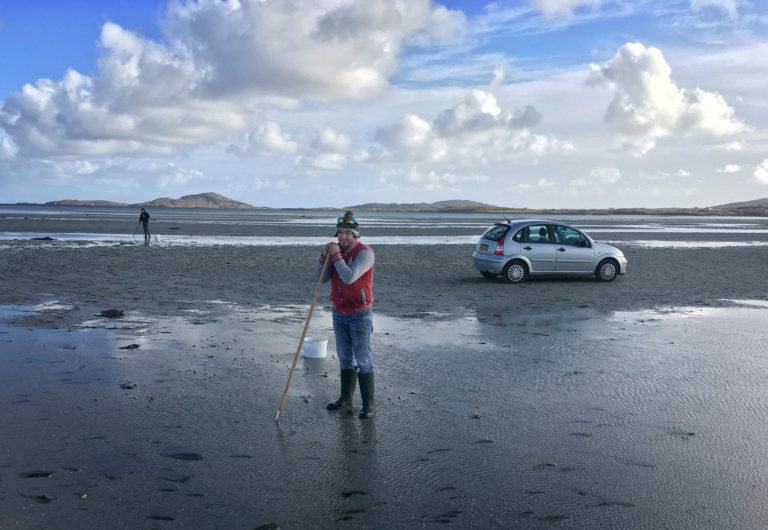BEAUFORT'S DYKE I North Channel. Between Northern Ireland and Scotland
Boris, bombs and bridges. Photograph by Dara McGrath.
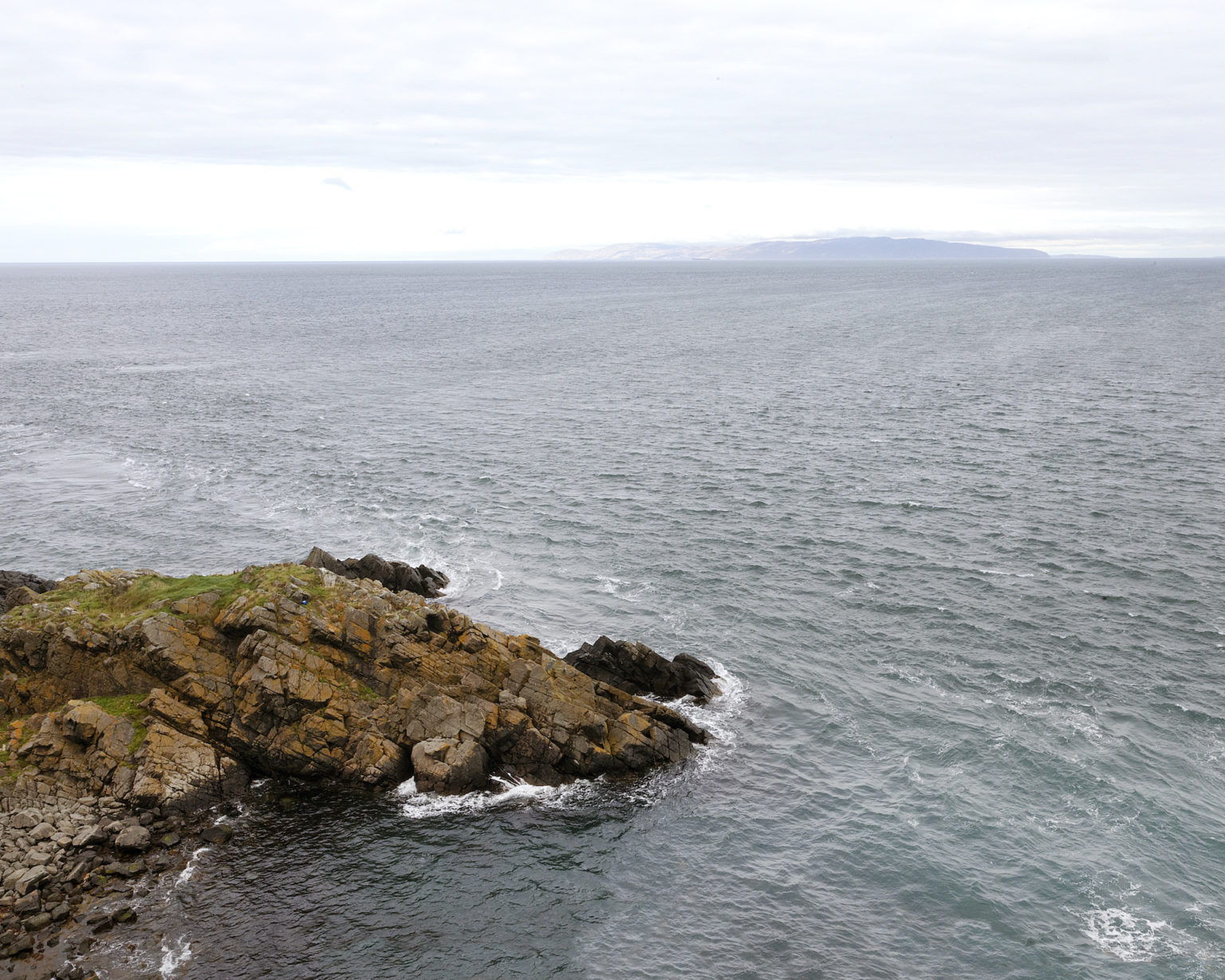
Beaufort’s Dyke is a deep trench on the sea bed between Scotland and Northern Ireland; 32 miles long, 2 miles wide and 1000 feet deep. That’s quite deep. It’s a submerged tunnel valley (who knew?) caused by glacial erosion and due to the strong tidal currents in these parts it never fills up with sediment. It was discovered and named after the naval hydrographer Francis Beaufort. There are lots of enduring mysteries connected to the sea, if you aren’t a deep sea diver you never get to look beneath that beautiful liquid surface. In this case, those murky depths conceal the world’s biggest munitions dump.
Many governments around the world have taken advantage of the opaqueness of the sea to dispose of any old weapons grade rubbish, casually tipping it over the side of a boat by the barrel load. The Irish photographer Dara McGrath has spent a decade exploring the UK’s post-military landscape, particularly in his recent book, Project Cleansweep, which shows bucolic Britain in a new light. He says ‘over 4000 sq kilometres of the landmass were appropriated for military use in the 20th century’. Beaufort’s Dyke is one such place and contains over 1 million tonnes of unexploded munitions along with chemical and radioactive waste dumped from the 1920s to the 1970s when Dara says that EU regs put a stop to it. The dyke is handily located near to Cairnryan Military Port. The old saying, don’t shit on your own patch, comes to mind. Sometimes bulk containers were loaded onto ships and then sunk within the trench, gradual corrosion making them ticking time……bombs. In the mid 1990s, phosphorus flares began washing up on the Galloway coastline, once they’d dried out they ignited, badly burning a four year old boy. In 1986 there was a 2.5 magnitude earthquake possibly caused by an explosion within the trench due to the construction of a new British Gas pipeline and as recently as 2005, three fishermen were killed when their nets unearthed an old WW2 bomb.

Dara thinks it might be best to let sleeping dogs lie, as the Guardian’s defence and security editor Dan Sabbagh has said: ‘When it comes to underwater munitions, non-intervention has long been considered to be the safest course of action, a policy that was introduced after a failed effort to lift a wrecked munitions ship off the Kent coast in 1967. An attempt to clear the SS Kielce, about four miles offshore, triggered an explosion that measured 4.5 on the Richter scale. Reassuringly or not ‘experts believe that more dangerous nerve agents or other chemical weapons were dumped further afield at 22 locations in the Atlantic.’ Out of sight out of mind. The UK was not alone in this, Norway, Belgium and Switzerland also soiled their own backyards, but they are now looking to try and clean up the mess somehow.
That UK mess is proving a bit tricky for Boris’ latest scheme: a 28 mile bridge connecting Portpatrick in Scotland to Larne in Northern Ireland which could cost a North Sea cool 20 billion quid. This is a current ferry route between the two countries but building a bridge means putting a foothold into the deep and dangerous waters that hold the dyke. A bridge was first suggested in 1890 by the Irish engineer Luke Livingston Macassey, either as a tunnel, a submerged tubular bridge or a solid causeway. 131 years later, one proposal incorporates an underground roundabout to be built beneath the Isle of Man with terminals at Liverpool, Heysham, Stranraer and Larne. The Øresund bridge in Scandinavia and the Seikan tunnel in Japan are similarly massive trans-sea infrastructure projects but they connect big urban conurbations so are financially more viable. Perhaps the Boris Bridge is as important for cultural reasons, the migration between Scotland and Ireland goes back thousands of years. The Irish-Scots travelled from Ireland to settle in Scotland with the…..Scotch-Irish sailing the other way. If there’s a name for it, it must be a thing. The channel tunnel was the result of over two hundred years of discussion, since the early support of Napoleon, so these things must take time. Boris’ garden bridge across the Thames never happened, nor did Boris’ Island Airport but Boris Bikes in London shall forever be linked to him, will Boris’s bridge be too?
You can buy Dara’s amazing book and look through more of his work here
